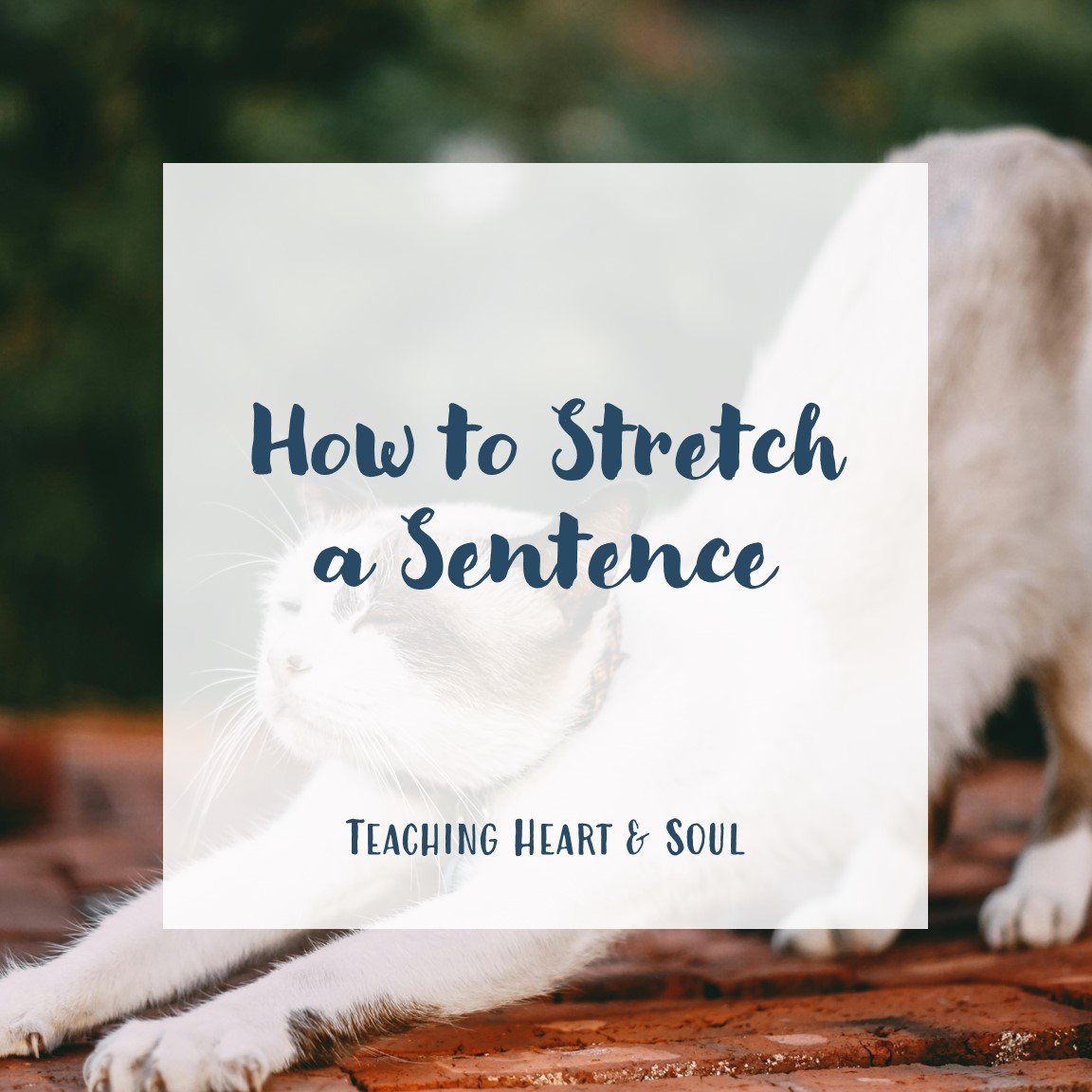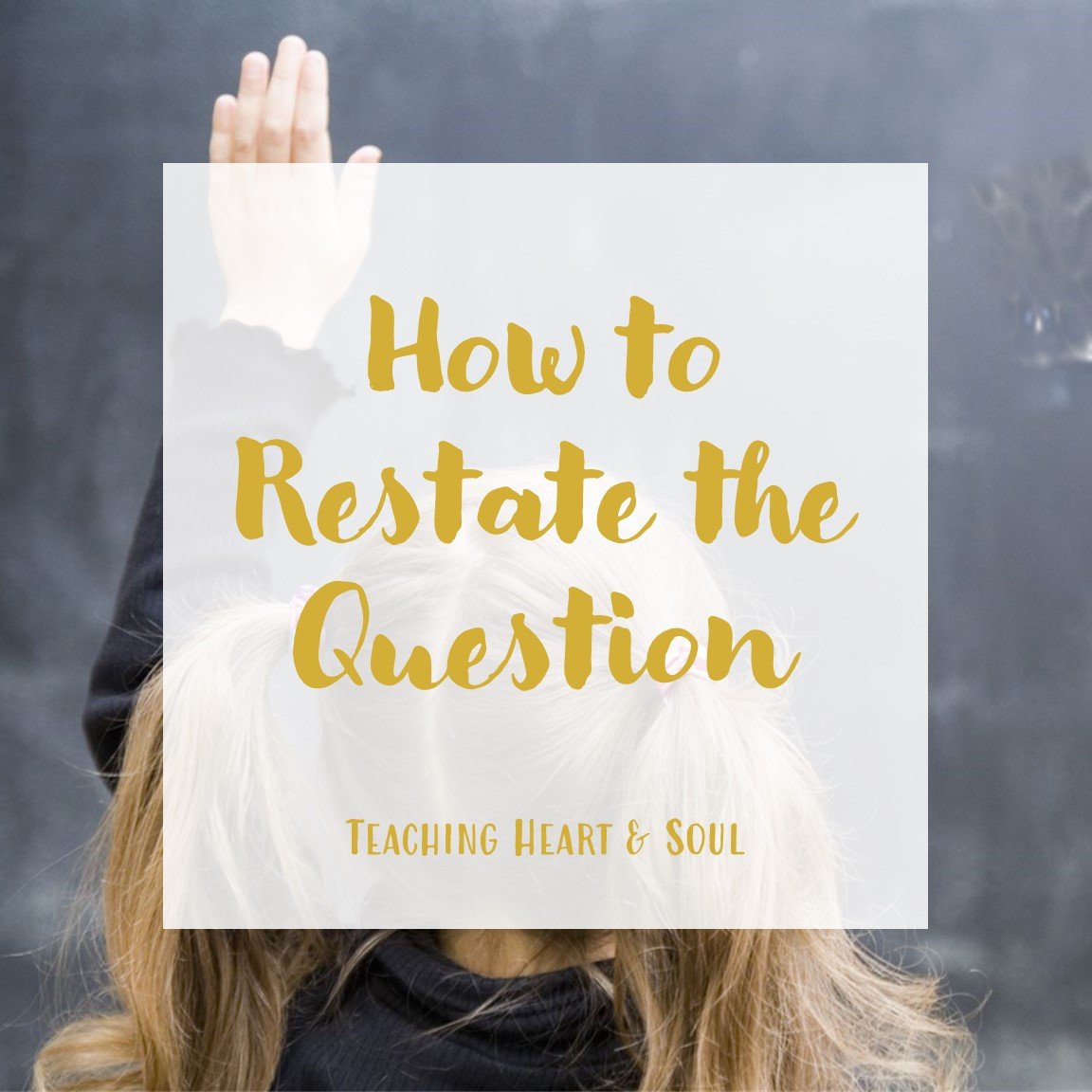
I’m glad you’re here!
Take a scroll through recent posts or use the search bar to find what you’re looking for.
Recent Blog Posts

Expanding Sentences with the “Stretch a Sentence” Technique
A stretched sentence includes more details than a simple sentence. So, teaching students the strategy of stretching sentences is important. For expanding sentences, students answer the questions Who? Doing What? Where? When? and Why? to make a sentence more interesting. Students can use their imagination to include adjectives to describe the subject and adverbs to add to the verbs also helps!

Story Starters and Writing Prompts for Creative Writing
Story starters, or writing prompts, are a great way to get middle school students into creative writing. Story starter sentences get the creative juices flowing by giving students the opening sentence or first sentence of a short story. Having an opening line is easier than staring at a blank page. It gets students to write a story even when they don’t feel creative!

Scaffold Writing Instruction to Help Students Become Confident Writers
It’s so important to scaffold writing during the writing process so that writing tasks are more accessible to students.
Writing success comes from these scaffolding strategies, such as using mentor sentences, mentor texts, and graphic organizers.
When teachers support students with scaffolds such as a graphic organizer or a sentence frame, they become confident writers who see writing success!

6+1 Writing Traits to Guide the Writing Process and Assess Student Writing
The 6+1 Writing Traits is a widely recognized framework developed by Ruth Culham to guide and assess the quality of writing using seven traits of writing. This comprehensive approach to teaching writing provides a writing model to improve writing skills and assess student writing.
Quality writing doesn't have to be difficult to achieve. Using the six traits writing model helps students produce good writing because they learn the new skills included in the six traits of writing, which help their readers understand their message.
Students' written work will soar as students learn to use their own voice to organize their writing around ideas, good word choice, mechanical correctness, and other traits of writing.

How to Practice Restating the Question
Restating the question is an important skill that students should learn. It involves rephrasing the question in one's own words to fully understand what is being asked and answer it using complete sentences. This is particularly important for constructed response tasks as it acts as test prep for state testing.
In this blog post, we will discuss effective strategies for explicitly teaching students how to practice restating the question. We will cover some steps, such as removing question words, reordering remaining words to form complete sentences, and avoiding pronouns, among others. We will also suggest using a sentence stem and color-coding words from the question to make it easier for students to understand and answer.
Teaching students how to restate the question explicitly can make it easier for them to understand and answer the questions, thus improving their writing skills.

Teaching Students the RACE Writing Strategy
Teaching students the RACE writing strategy can greatly improve their writing skills. RACE stands for Restate, Answer, Cite, Explain and can be used for short-answer or paragraph responses. Teachers can use the I Do, We Do, You Do method to directly teach this skill and provide examples of what a RACE response looks like.
To use the RACE strategy effectively, teachers should create constructed response questions that refer to a text and require students to cite evidence. Anchor charts with brief descriptions of each step and sentence starters can help students organize the skill in their minds. Students should practice the RACE response strategy with a variety of reading materials and understand key vocabulary such as constructed response question, evidence, and quote.
